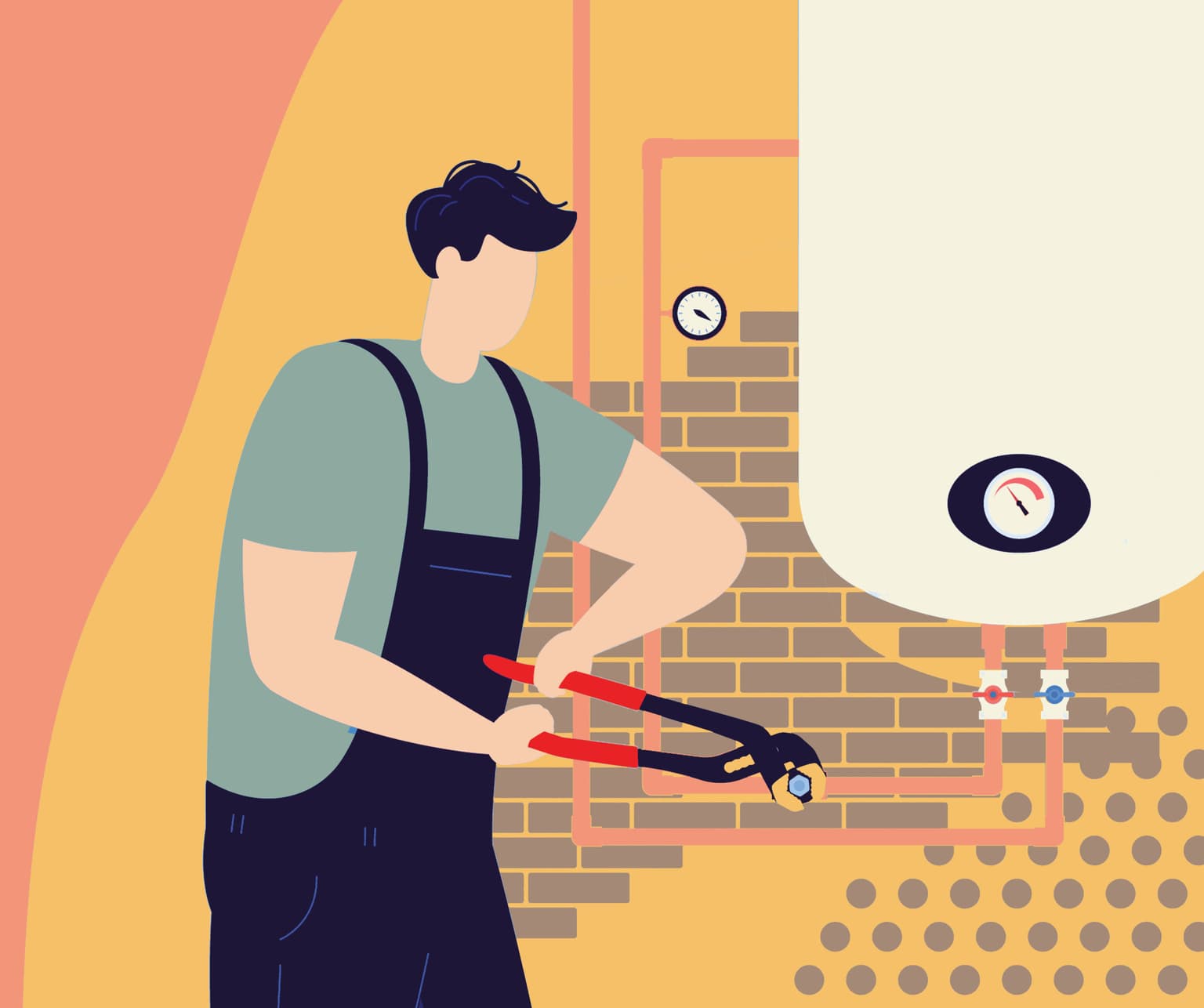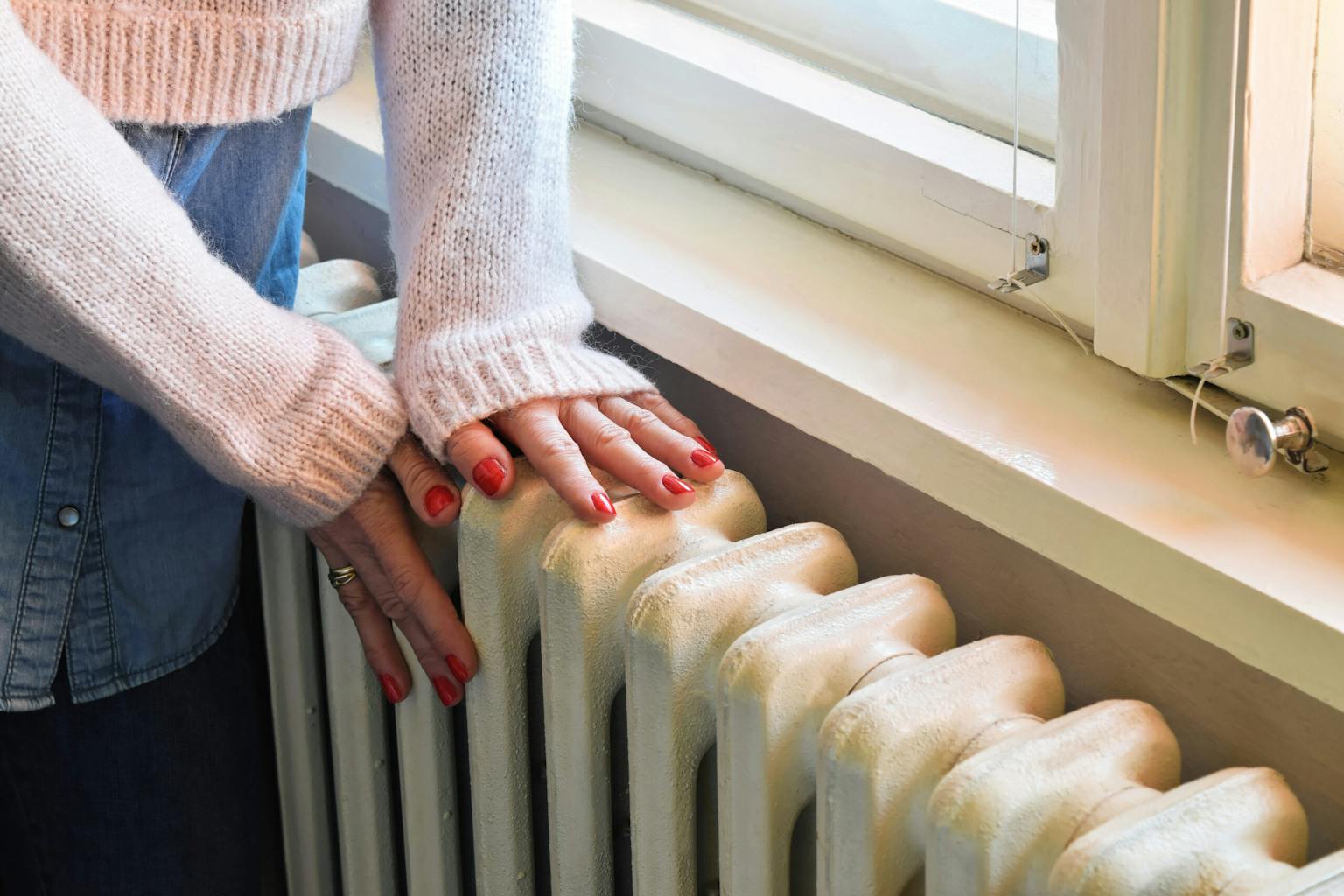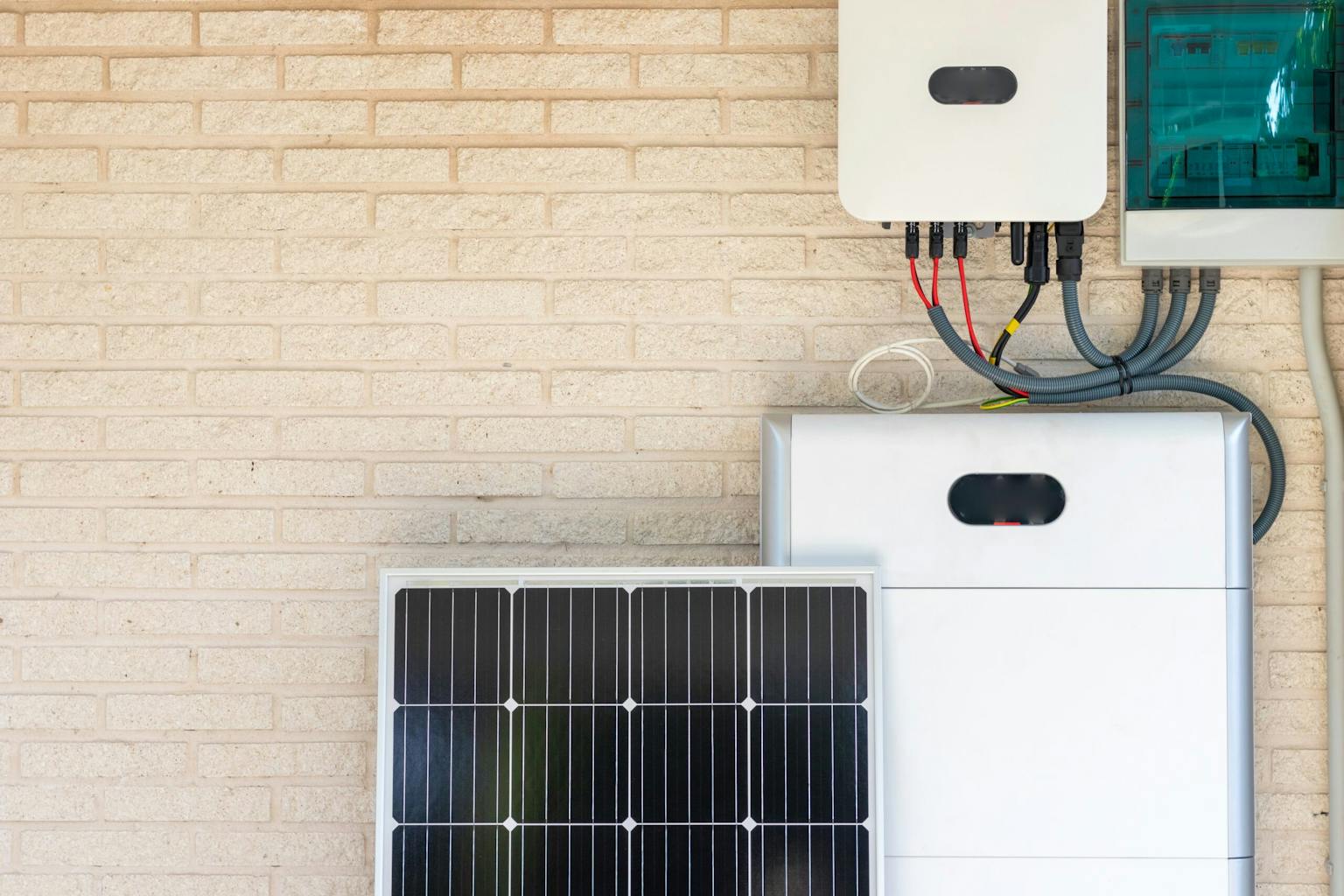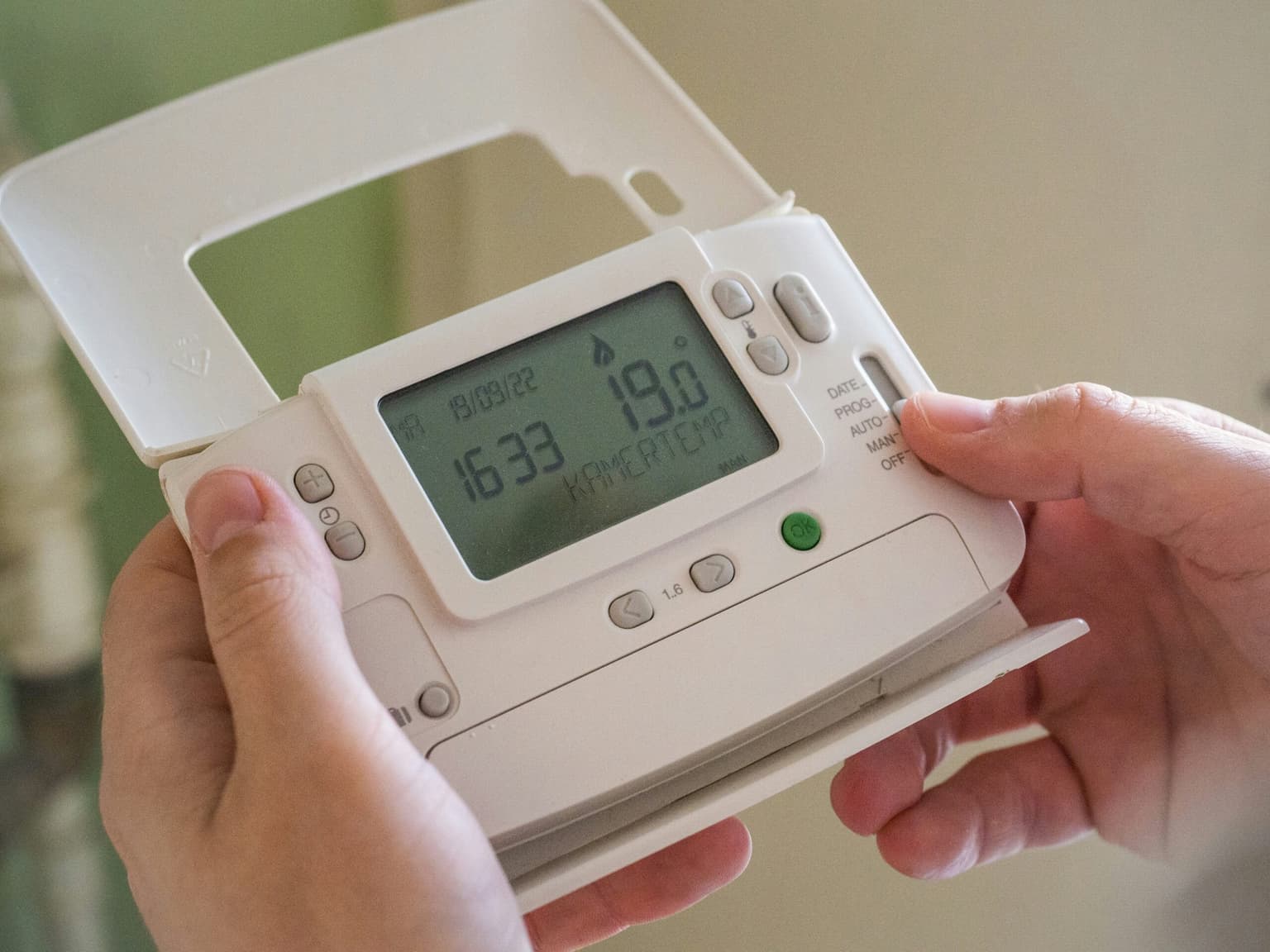Everything to know about re-pressurising your boiler!

Heating is something that we often take for granted in our modern homes, but it’s only when something goes wrong that we start to really appreciate it! We’ve put together a quick guide to help ensure that you know how to re-pressurise your boiler if this happens to you.
What is boiler pressure?
Low boiler pressure is one of the most common heating issues, so much so that the majority of people will encounter it at some point. Most boilers run on a simple principle of using a flame to heat water which in turn provides the hot water for your taps and your central heating. If there isn’t enough water in the boiler while it’s running, this reduces the overall efficiency of your heating system and means that you’ll end up paying a lot more for the same temperature home. If the pressure isn’t corrected for an extended period of time it can also shorten the lifespan of your boiler although some boilers will automatically switch themselves off long before this is a concern.
What causes low boiler pressure?
Because your central heating, water system and boiler are all often connected together on a pressurised system, this means that a small leak in any of these components will have a knock-on effect. Whilst this leak can materialise in the boiler itself, in a pipe or even within your radiator, it can make finding the leak impossible without specialist assistance. Sometimes the leak will be so small that your boiler will only need re-pressurising every few months, other times the leak will drain your pressure within a matter of hours, if it’s the latter then shouldn’t waste time getting an engineer out to fix it as soon as possible. Our team is always at hand to fix your boiler issues or give you advice. If your boiler is showing low pressure every six months then do not worry, this is completely normal and shouldn’t take more than a few minutes once you know how to re-pressurise it.
Identifying low pressure.
This is the simplest part of the process and only takes a few seconds. Most boilers have a gauge on the front which shows the pressure (bar) which is usually colour coded from green to red. The ideal operating pressure is between 1 – 1.5 bar and you should consider adding more water only if the pressure drops below this.
How to re-pressurise your boiler.
As there are so many different makes and models of boilers it’s always advised that you check your instruction manual before starting. These can usually be split into two different methods but it’s recommended that you switch off your boiler before doing either approach!
Filling loops:
This is a short length of hose that connects your boiler with your main water supply. Firstly, remove the cap from the isolation valve, this is usually a chrome tap with a black handle. Once this cap is removed, fit the filling loop using an adjustable spanner and tighten it at both ends, make sure you’ve got a good seal before you move onto the next step. Turn the handle on your filling loop so that water starts to flow. An easy way to remember the direction of the valve tap is to imagine a kayak on a narrow stream, it can only flow when it’s pointing in the direction of the pipe. Once the pressure has risen sufficiently you can turn off the valve, remove the loop and restart the boiler.
Internal filling loop:

Lots of boilers are already connected to your water supply so this process is even simpler. Simply turn valves A and B and you should hear the water start flowing into the system, keep an eye on the pressure gauge whilst doing this. When the pressure is correct, close both of these valves and you’re all done.
Internal filling loop (Keyed):

Some internal filling loops require a small plastic key to be inserted into the underside of the boiler, insert the arrow into the grooves next to the unlocked padlock symbol and turn the key towards the locked padlock symbol. When this is done, slowly turn the little nut next to the key anti-clockwise and you should hear water start to flow. Be careful that the nut is fully closed before you remove the key or else water will continue to leak out through this hole.
If you’re not sure which type of boiler you have, then this video provides an overview of the different methods.
What to do if your boiler pressure is too high?
High boiler pressure can be dangerous in extreme cases, but this doesn’t mean it isn’t easily fixable. The easiest approach is going around the radiators in your house and bleeding them, this will release some air and lower the pressure. Once this is done you might need to go back to your boiler and add some more water if the pressure has now dropped below 1 bar.
If your boiler issues continue, we offer expert recommendations and boiler maintenance. Get in touch to find out more.


